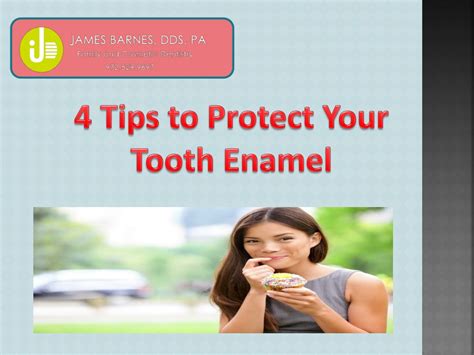Gargling Peroxide For Toothache

When it comes to managing a toothache, individuals often seek immediate relief from the pain and discomfort. One method that has been suggested for temporary relief is gargling with peroxide. Hydrogen peroxide, a common household ingredient, is known for its antiseptic and disinfectant properties. However, it’s crucial to understand the implications and limitations of using hydrogen peroxide for toothache relief.
Firstly, hydrogen peroxide can indeed help reduce bacteria in the mouth, which is beneficial since bacterial infections are a common cause of toothaches. The bubbling action of hydrogen peroxide can help loosen debris and reduce the accumulation of bacteria. However, it’s essential to use it correctly to avoid any potential harm. The American Dental Association recommends diluting hydrogen peroxide with water before use, as undiluted hydrogen peroxide can be too harsh on the gums and tooth enamel.
To gargle safely with hydrogen peroxide for a toothache, one should mix equal parts of hydrogen peroxide with water. It’s advisable to use a 3% solution of hydrogen peroxide, which is the concentration most commonly found in pharmacies and supermarkets. Swish the solution around the mouth, making sure to reach the areas affected by the toothache, for about 30 seconds before spitting it out. It’s critical not to swallow the peroxide solution, as ingesting hydrogen peroxide can lead to stomach upset and other health issues.
Despite its potential temporary benefits, gargling with peroxide is not a substitute for professional dental care. If you’re experiencing a toothache, it’s vital to schedule an appointment with a dentist as soon as possible. A toothache can be a symptom of an underlying condition such as a cavity, abscess, or gum disease, all of which require professional treatment to resolve the issue and prevent further complications.
In addition to gargling with peroxide, there are other home remedies and over-the-counter products that can help manage toothache pain temporarily. These include using a cold compress to reduce swelling, taking over-the-counter pain relievers like ibuprofen or acetaminophen, and using desensitizing toothpaste if the toothache is caused by sensitivity. However, these remedies should not delay a dental visit, as they do not address the root cause of the toothache.
It’s also important to note that while hydrogen peroxide can be beneficial in certain dental applications, such as whitening and disinfecting, its regular use for gargling can have negative effects if not properly diluted. Regular exposure to undiluted hydrogen peroxide can lead to tooth sensitivity and erosion of the enamel, making teeth more vulnerable to decay and further sensitivity.
In conclusion, while gargling with diluted hydrogen peroxide may offer temporary relief from a toothache by reducing bacterial load and loosening debris, it is not a long-term solution and should not replace professional dental care. The most effective way to manage a toothache is through a combination of temporary relief measures and prompt professional dental evaluation and treatment. It’s always best to consult with a dentist for personalized advice on managing toothache pain and addressing the underlying cause.
Is gargling with hydrogen peroxide safe for toothache relief?
+Gargling with hydrogen peroxide can be safe if done correctly. It's recommended to dilute the hydrogen peroxide with water and use a 3% solution to avoid damaging tooth enamel or irritating the gums.
How often can I gargle with hydrogen peroxide for a toothache?
+You can gargle with diluted hydrogen peroxide up to 2-3 times a day for temporary relief from a toothache. However, it's crucial to consult a dentist as soon as possible for proper diagnosis and treatment.
What are the potential risks of using hydrogen peroxide for toothache relief?
+Potential risks include tooth sensitivity, erosion of tooth enamel, and stomach upset if ingested. It's also important to remember that hydrogen peroxide does not treat the underlying cause of the toothache, which requires professional dental care.
In the quest for toothache relief, it’s crucial to balance temporary pain management strategies with the necessity of professional dental care. While home remedies and over-the-counter products can provide immediate relief, they should never replace the comprehensive evaluation and treatment that only a dentist can provide. By understanding the role of hydrogen peroxide in temporary toothache relief and the importance of professional dental care, individuals can better navigate the path to resolving toothache pain and maintaining oral health.
